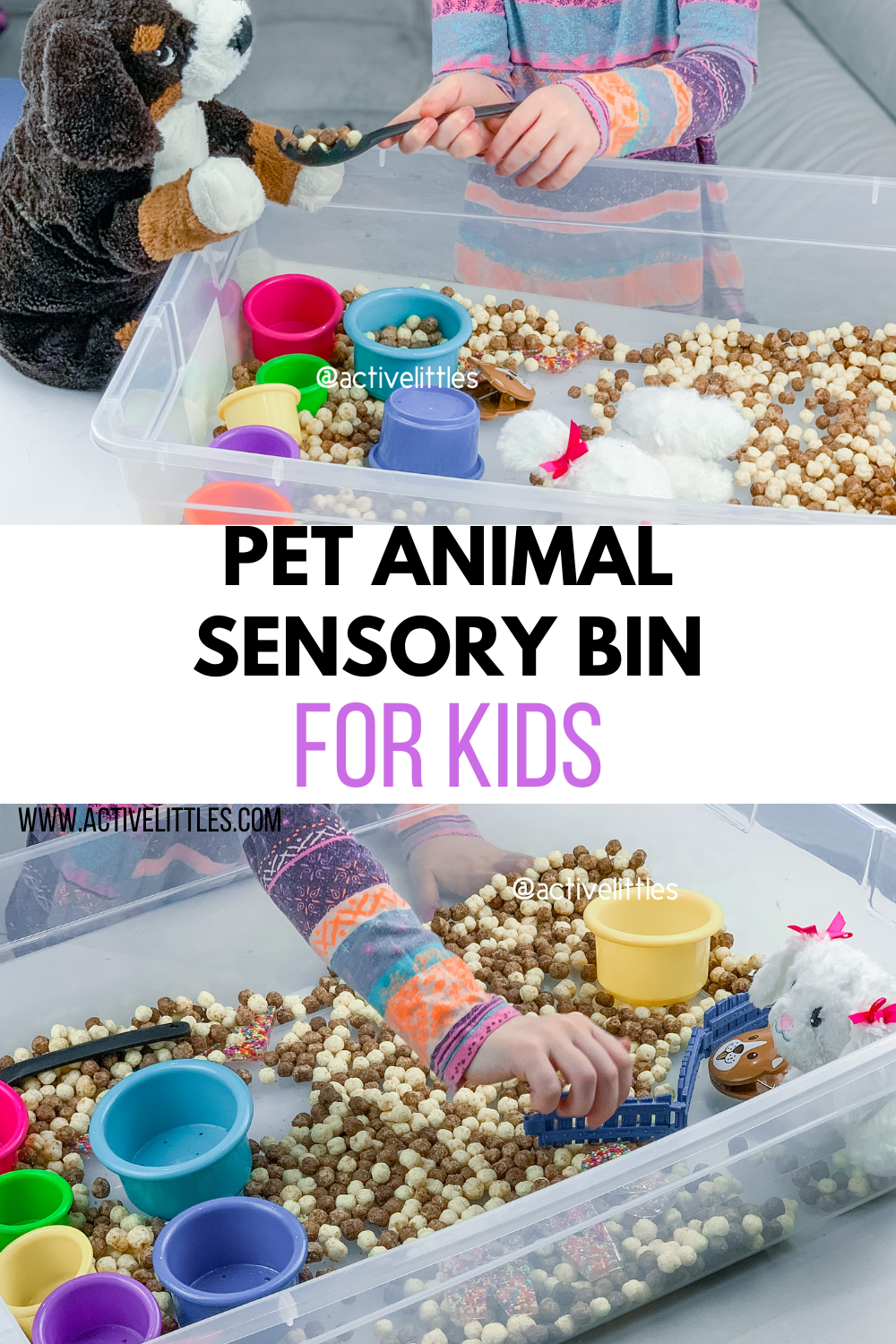Hamster Sensory Play Ideas
Creating a stimulating environment for your hamster is essential for their physical and mental well-being. Hamsters are curious little creatures that enjoy exploring their surroundings. Sensory play allows them to engage their senses while having fun. In this article, we will discuss various hamster sensory play ideas to keep your furry friend entertained and enriched.
Why Sensory Play is Important for Hamsters
Sensory play is crucial for hamsters as it promotes their natural behaviors and helps prevent boredom. When hamsters are provided with sensory experiences, they can explore different textures, scents, and sounds, stimulating their cognitive functions. This type of play mimics their natural environment, encouraging exploration and physical activity. By understanding the importance of sensory play, you can enhance your hamster’s quality of life and build a stronger bond with them.
Benefits of Sensory Stimulation
The benefits of sensory stimulation for hamsters include improved mental health, increased physical activity, and enhanced problem-solving skills. Engaging in sensory play can reduce stress levels and behavioral issues, making your hamster happier and more content. For example, providing a variety of textures through different bedding materials can encourage your hamster to explore and burrow, which is a natural instinct. Regular sensory play also keeps them physically active, reducing the risk of obesity and related health issues.
Types of Sensory Play for Hamsters
There are several types of sensory play that you can introduce to your hamster’s environment. Here are some effective ideas:
- Textural Exploration: Use a mix of materials such as fleece, straw, and sawdust to create different textures in their habitat.
- Scented Toys: Introduce toys infused with safe herbs or essential oils to stimulate their sense of smell.
- Variety of Equipment: Add tunnels, climbing equipment, and hiding spots that encourage exploration.

DIY Sensory Play Activities
Creating sensory play experiences for your hamster doesn’t have to be expensive. Here are some fun DIY activities that you can easily set up at home:
1. Homemade Sensory Boxes
A simple way to engage your hamster is by making a sensory box filled with various safe items. You can use a shallow container and fill it with different materials such as shredded paper, dried leaves, or even sand. Add small toys or treats to encourage your hamster to dig and explore. This not only keeps them entertained but also allows them to showcase their natural burrowing behaviors.
2. Scent Trails
Create scent trails by using hamster-safe herbs or fruits. Place small pieces of scented items throughout their cage or play area to encourage foraging behavior. You can also create a maze leading to their favorite treat, stimulating their sense of smell while challenging their minds. This type of activity can mentally stimulate your hamster, keeping them occupied and happy.

Store-Bought Sensory Toys
If you don’t have time to make DIY options, there are plenty of store-bought sensory toys designed for hamsters. Many of these toys incorporate different textures, sounds, and scents, making them attractive to your pet.
1. Chew Toys
Investing in chew toys made from safe materials provides both sensory stimulation and dental health benefits. Look for toys that are brightly colored or have varying textures. These toys keep your hamster busy while satisfying their natural chewing instincts.
2. Foraging Toys
Foraging toys can challenge your hamster’s problem-solving skills. These toys often require your pet to work for their treats by navigating through puzzles or mazes. They promote mental engagement and help to mimic foraging behaviors observed in the wild.

Creating a Sensory Environment
Ultimately, the goal is to create a sensory environment for your hamster that encourages exploration and play. Here are some tips to enhance their habitat:
1. Change Up Their Environment Regularly
Rearranging your hamster’s cage can spark their curiosity and interest. By moving objects around or adding new sensory items occasionally, you keep their environment exciting. This method also encourages them to explore different areas and engage with their surroundings.
2. Nature-Inspired Enrichment
Consider incorporating small, hamster-safe natural items from outdoors, like dried twigs, pinecones, or untreated grass. Ensure that anything you introduce is safe and free from pesticides or chemicals. These natural elements not only provide sensory variety but also make the habitat more engaging.

Key Takeaways
- Sensory play is vital for hamster health and happiness.
- Incorporate a variety of textures, scents, and toys for stimulation.
- DIY sensory activities can be easily created at home.
- Store-bought toys can also provide sensory enrichment.
- Regularly change and enhance their environment to keep it engaging.
FAQ
1. What materials are safe for hamster sensory play?
Safe materials include shredded paper, fleece, untreated wood, safe herbs, and natural twigs. Always ensure that anything introduced is free from chemicals and suitable for hamsters. Avoid items that could pose choking hazards or cause injury.
2. How often should I change the sensory items in the cage?
It’s beneficial to change sensory items every couple of weeks or whenever your hamster seems bored. Regularly rotating textures and toys will keep your hamster engaged and encourage exploration.
3. Can sensory play help with behavioral issues?
Yes! Sensory play can alleviate boredom and reduce stress, which often leads to behavioral problems. Engaging your hamster in sensory activities helps them expend energy in a positive way, promoting better behavior and overall mental health.
4. Are there risks associated with sensory play?
The primary risk involves introducing unsafe materials. Always ensure that items are hamster-safe and non-toxic. Supervising playtime can prevent potential hazards, ensuring a safe sensory experience for your pet.
5. How can I tell if my hamster enjoys sensory play?
Signs that your hamster enjoys sensory play include exploring new items, foraging, and playing with toys. If your hamster actively engages with the environment, it’s likely that they are benefiting from sensory stimulation.
